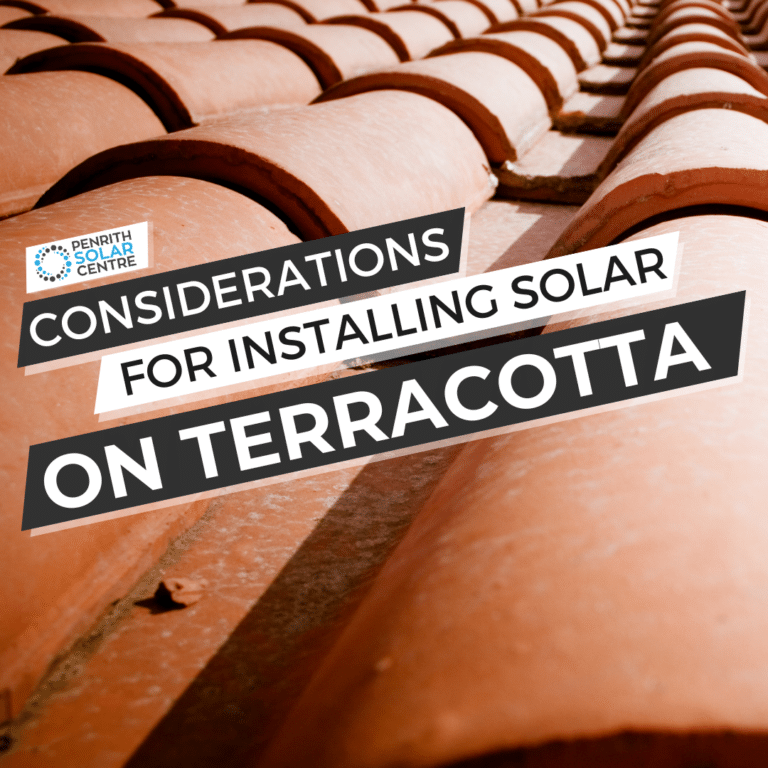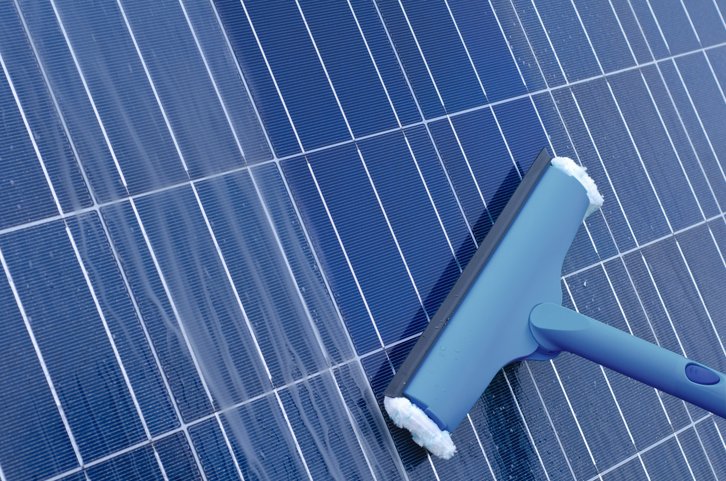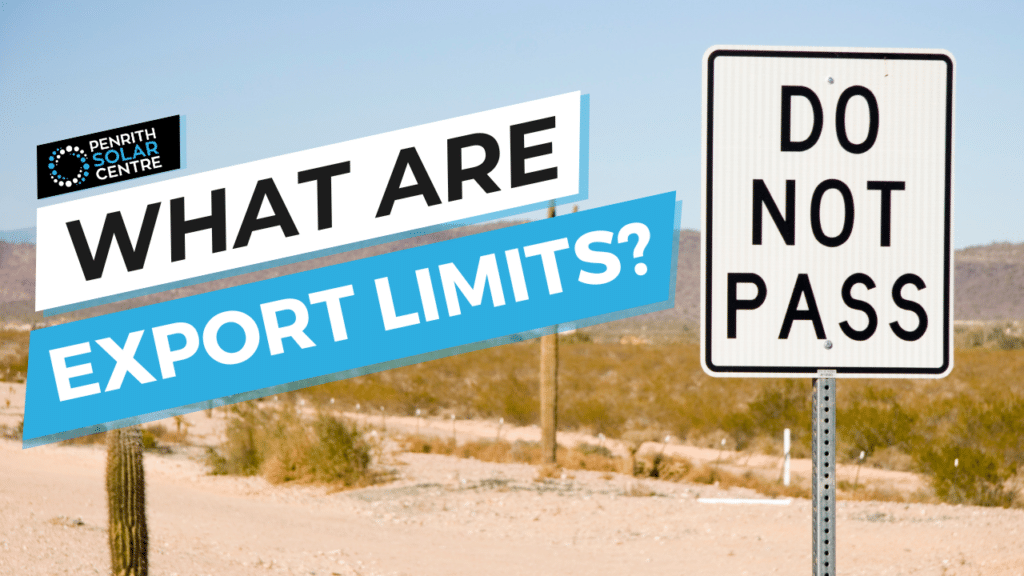
What is the amount of electricity you can export out to the grid from your solar system? This question comes up eventually on your solar journey. It’s a multi-layered question that’s a little advanced for some readers, but if you’ve made it to this article, it’s safe to assume that you’ve got a basic understanding of the grid and how it interacts with your home in terms of importing and exporting electricity.
This question is important in the process of assessing your needs, and it leads to others.
Where do you live? What are your solar energy goals? And what are the restrictions in place from your local DNSP (Distribution Network Service Provider)?
At Penrith Solar Centre, we work with all three DNSPs in New South Wales. We know the ins and outs of each provider and we design solar solutions for you customised according to their export rules and limitations. We’re here to maximise your solar savings and bring Australia to Net Zero by 2050; all while remaining within the limitations of the electrical grid.
In this article, you will learn:
- What Are Export Limits?
- Why Do Export Limits Exist?
- How Many kW Can I Export to the Grid?
- Details About and Links to Each DNSP in NSW
By the end of this article, you’ll have a better understanding of why we make some of the suggestions around the design of your solar system.
What Are Export Limits?
It’s the amount of electricity your solar system can export to the grid for a feed-in tariff.
At Penrith Solar Centre, we think of an export limit for your solar system as a simple equation. The total energy you produce at any given time minus the consumption from your home will give you a leftover amount of energy to potentially sell back to the grid for a feed-in tariff.

Why Do Export Limits Exist?
Export limits exist so homes with solar that are exporting electricity to the street won’t overload the grid. It’s our responsibility as installers and customers to refrain from overstraining the grid and to keep it balanced.
When your home is connected to the electrical grid, you deal with two companies: the energy distributor and the energy retailer. The energy retailer is who bills you, and we’re not too interested in them for the purposes of this article. We are, however, very interested in the DNSPs (Distribution Network Service Provider).
In New South Wales, there are three DNSPs responsible for operating the infrastructure that delivers electricity to your home (the grid). Each DNSP is a monopoly that regulates the distribution of electricity in a region.
Ausgrid, Essential Energy, and Endeavour Energy are the three DNSPs. Ausgrid is the eastern part of Sydney and extends to Newcastle, Endeavour Energy covers the western suburbs around Sydney and extends south beyond Wollongong, and Essential Energy is the DNSP for the rest of New South Wales.
If you’re interested in learning more about the three DNSPs in New South Wales, you might want to check out the following article titled, Energy Distributors vs. Energy Retailers: What’s the Difference?
These electrical grids were designed and built years before solar spread across Australia to cover (now) 30% of rooftops across the country. The architects of these monuments of engineering did not design them for electricity to flow backwards from the home back to the grid (even though it totally can because it’s an alternating current system). Especially when there are a lot of solar systems feeding electricity back to into it.
It’s a bit more fragile than most people realise, which is why we get blackouts and brownouts whenever the weather upsets it.
What you’ll find is that during peak export times when solar is producing the most (between 10am and 2pm as a rule of thumb, but that’s just an estimate), that’s when the grid needs limitation the most. 30% of homes exporting their energy into the grid would overwhelm it. It’s just not built to receive that much electricity from residences.
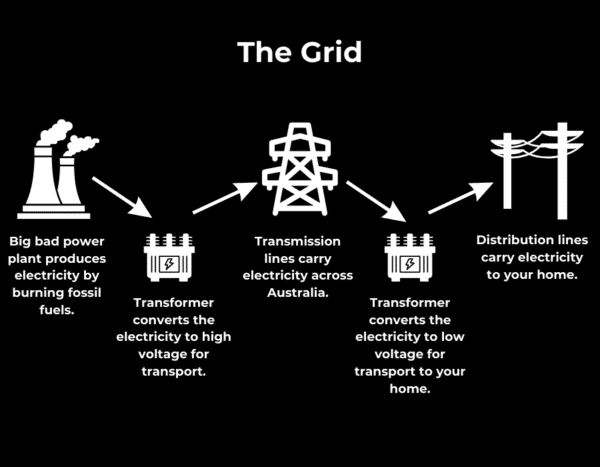
How Many kW Can I Export to the Grid?
The answer to this question is: it depends.
Each DNSP has different requirements. But how much you can export also depends on the size of your solar system. How much electricity is it producing? And how much is left over after feeding the loads in the home?
The limits are different depending on whether you have a single-phase or a three-phase connection.
If you’re interested in learning a bit more about what a single-phase or three-phase connection means, you might want to check out the following article titled, Single Phase vs. Three Phase: How Are They Different?
Let’s say you’ve got a 10kW single-phase system installed. And for the sake of this example, let’s say that it’s producing exactly 10kW because it’s a very sunny day in the summertime. Your home is only using 2kW, which means that your system wants to export 7kW to the grid.
Unfortunately, single-phase systems generally have an export limit of 5kW (except for Ausgrid, but we’ll get into that in the next section). So when you try to export 7kW, the grid says no. Your solar installer will program the inverter with the maximum amount of electricity that it can send to the grid at a given time.
If your solar wants to produce 10kW and you have self-consumed 2kW, the inverter will instantly ramp the inverter down to 7kW, so the total amount of exported electricity equals 5kW.
7kW are generated, 2kW are self-consumed, and 5kW are exported to the grid.
This process is similar to a three-phase setup as well. For three-phase homes and businesses, the export limit is 30kW. Some homes might struggle to export up to 30kW, but many commercial installations for businesses (like 100kW jobs) will handily reach this limit by lunchtime. Again, there are many variables that will dictate the export limits of a property.
Details About and Links to Each DNSP in NSW
As mentioned earlier, there are three major Distributed Network Service Providers (DNSPs) servicing New South Wales: Ausgrid, Endeavour Energy and Essential Energy.
These DNSPs have a process where your connection will be automatically approved if it meets certain requirements (system size/capacity).
Also, size limits prescribed by networks may not necessarily be set in stone. It’s possible to get a larger system approved for your home, you just need to be willing to navigate red tape and put up with longer wait times – not to mention extra fees.
Rooftop solar for homes and businesses typically follow this installation process:
- Your solar installer submits the application to the DNSP.
- The DNSP reviews the application for approval.
- Once approved, your installer does what they do and puts a solar system on your roof (and possibly a battery in a cool dry place).
- Finally, you organise a meter upgrade with your energy retailer.
Here are the solar system sizing rules for each DNSP in NSW:
Ausgrid
Ausgrid counts export limits by “phase.” You are allowed to export up to 10kW per phase on their network.
Single-phase: 10 kW inverter limit, 10 kW export limit.
Three-phase: 30 kW inverter limit, 15 kW export limit.
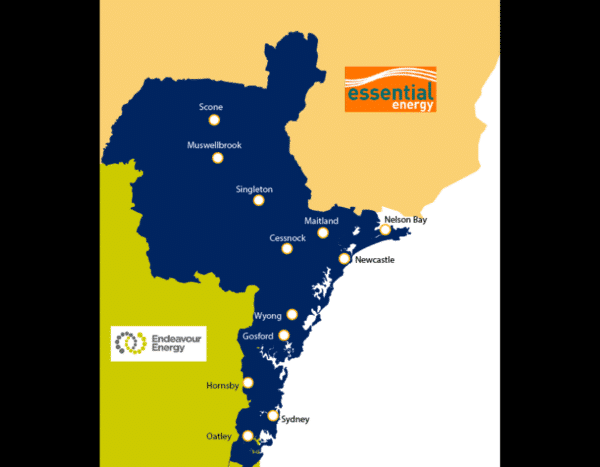
There is a catch with Ausgrid when it comes to solar batteries. The export limits for each phase are determined by inverter capacity, which includes the inverter in the solar battery. So the amount of power a battery can export counts towards the export limit. Which, if you think about it, makes sense: the battery and solar combined will be working together on one phase at a time.
For a Tesla Powerwall 2, which can export 5kW of continuous power, those 5kW count towards the total amount of power per phase. That means an additional 5kW comes from the solar for that phase.
For more detailed information about Ausgrid, check out their webpage about it titled, Connecting solar, batteries and other embedded generation.
Endeavour Energy
Single-phase: 10 kW inverter limit, 5 kW export limit.
Three-phase: 30 kW inverter limit, 15 kW export limit.
Battery inverters do not count towards the phase inverter limit.
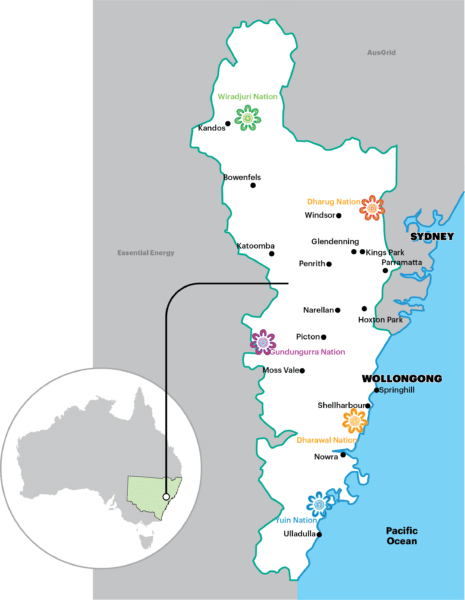
Now, just because there’s a 5kW export limit, that doesn’t mean you need a 5kW system to be within Endeavour’s regulations. We install up to 10kW on a single-phase home and then program the export limit down to 5kW.
For more detailed information about Endeavour Energy, check out their corresponding webpage titled, Connect a solar system.
Essential Energy
Single-phase: 10kW inverter limit, 5 kW export limit.
Three-phase: 15kW inverter limit, 15 kW export limit.
Rural areas: 3 kW inverter/export limit per phase.
Battery inverters do not count towards the phase inverter limit.
While there’s no inverter limit listed on Essential’s website, you should speak with a solar expert about your inverter considerations (especially if you’re installing a battery as well).
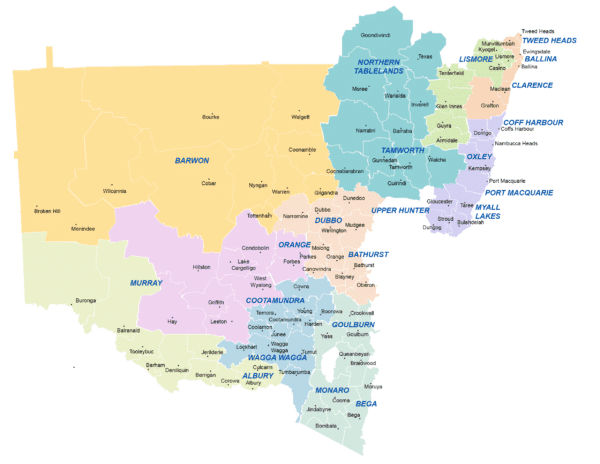
This is pretty straightforward in more populated areas of Essential Energy; 5kW export limit per phase. However, the rural areas’ limits are the big standout difference with this provider. Because they cover such an expansive area, there are hard limits on how much strain the grid can take in remote communities.
For more information about Essential Energy, check out this post about export limits through them titled, Changes to our embedded generation connection application approval process.
Power You Feeling About Export Limits?
Now that you understand what export limits are, you’re better equipped to have a conversation with your installer about how your solar system interacts with the grid. It’s important to adhere to these limits to maintain the functionality of the grid. Each DNSP in NSW has its own export limits, making wherever you live part of the conversation about designing your solar system for your unique energy needs.
At Penrith Solar Centre, we work with all three DNSPs because we install solar systems across the Sydney metro area and its surrounding communities. We will listen and learn from you as we work together to find a solar solution for whatever your goals might be.
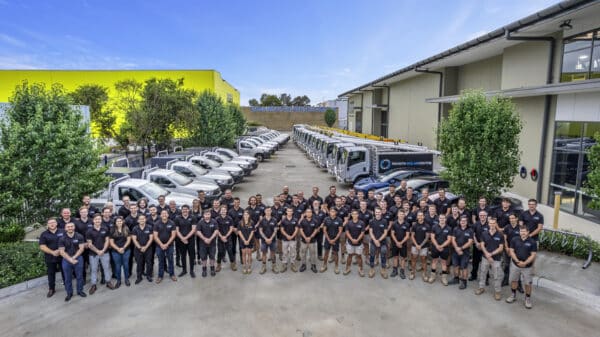
We talked a lot about solar system sizes in this article. If you’re interested in learning more about what size solar system you might be interested in, you should check out the following article titled, How Much Solar Do You Need?

